Click these for the Helvetica of it.
PUFF PIECES
Sugar Hill Brewing
Everything Branding
In 2015, Sugar Hill Brewing Company raised an undisclosed amount through a grant from the Virginia Coalfield Economic Development Authority (VCEDA) and leveraged $463,000.00 into the renovation and startup project. Being a favored stop for the Governor during trips, it stands as one of the many rundown towns aspiring for transformation. This led to my task, through a partnership with Virginia Tourism, to shape spontaneous ideas into a brand, incorporating concepts and insights from local resources and history.
This approach was duplicated for several other projects, most of which I understood would struggle with sustained funding or revenue due to demographics and location, posing challenges for ongoing brand development and town revitalization.
I employ this case study as a representative instance, highlighting the ongoing endeavors in rural and impoverished regions of America to confront the systemic realities of poverty and crime embedded within these towns. Often, upon visiting such areas, remnants can be seen—vestiges of attempts to conceal the actual conditions of the environment and its populace.
The Reality
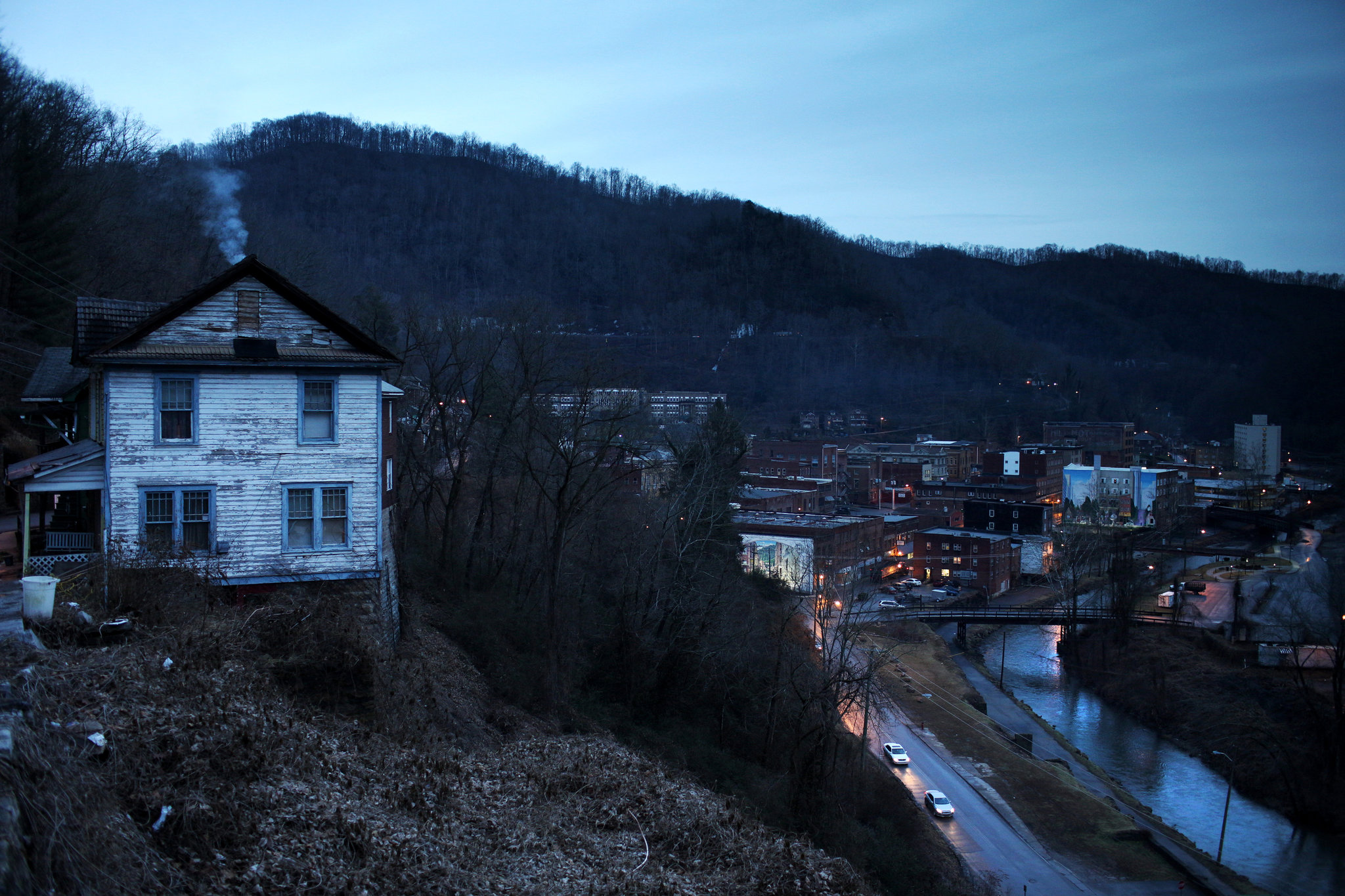

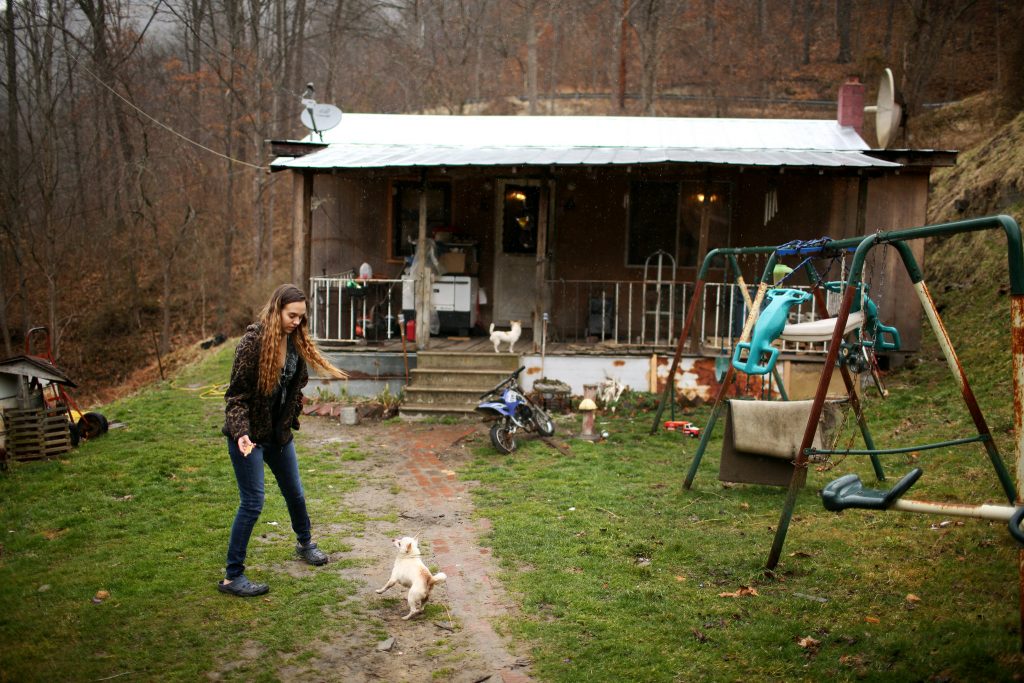
Within these regions, a common thread is the prevalent state of impoverishment and an enduring downward spiral in both population numbers and tourism. In my involvement across the state on various projects aimed at reinvigorating city branding, fostering collaborations with law enforcement agencies, mayoral offices, and town managers, a recurring realization emerged – the majority of these endeavors faced an uphill battle to maintain sustainability, often devolving into mere façades. These towns grapple with issues ranging from addiction and sexual abuse to pervasive poverty.
The funds allocated for these initiatives often assumed the role of vehicles for political agendas, ultimately benefiting a select few with higher incomes. Regrettably, this assistance failed to make meaningful contributions to the overall well-being of the residents or to uplift living conditions in these regions. With a median income of only $23,720 per household, statistics reveal that in St. Paul—the site of Sugar Hill Brewery’s initial project in 2015—24.7% of residents live below the poverty line, and the child poverty rate stands at 43.2%. It’s reasonable to assume that over 68% of the recorded population falls considerably below the poverty rates, while the remaining percentage falls below the threshold that can be accounted for in statistical measures.
In the specific context of this scenario, the population count for the year 2021 dropped to 844 individuals, positioning it as the 394th most populous city in Virginia out of a total of 666 cities. When examining the demographic composition, a significant 95.1% of the population identifies as White, leaving the remaining portion attributed to various other ethnic groups.
Spanning over a rural and mountainous landscape, the geographic expanse covers a vast territory of 42,775 square miles. With this perspective, it becomes plausible to envision a population density of around 4.68 individuals per square mile. This statistic underscores the distinctly low population density, a characteristic emphasized by the region’s expansive nature and its unique blend of demographics and geographic attributes.
The Brand
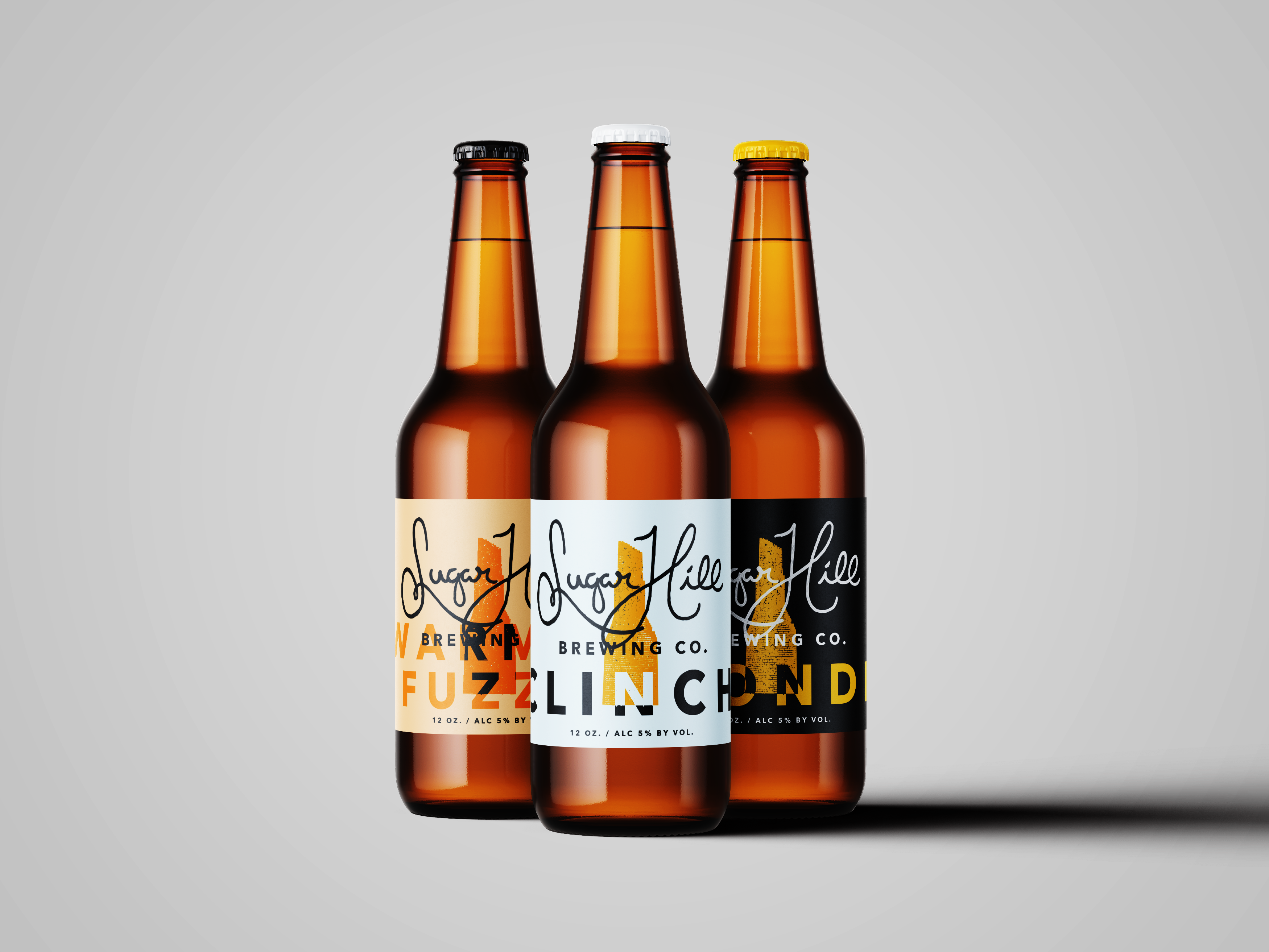
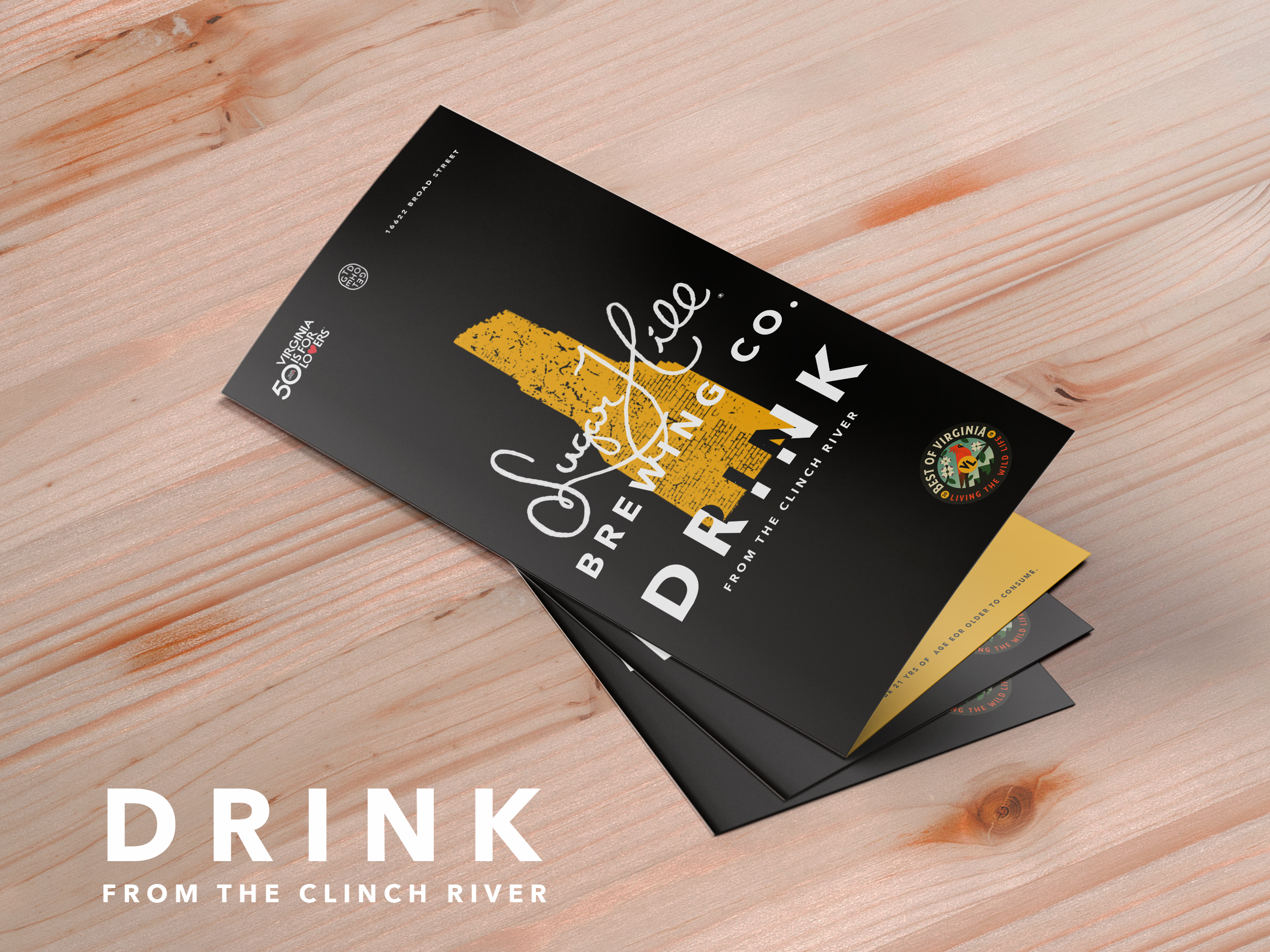
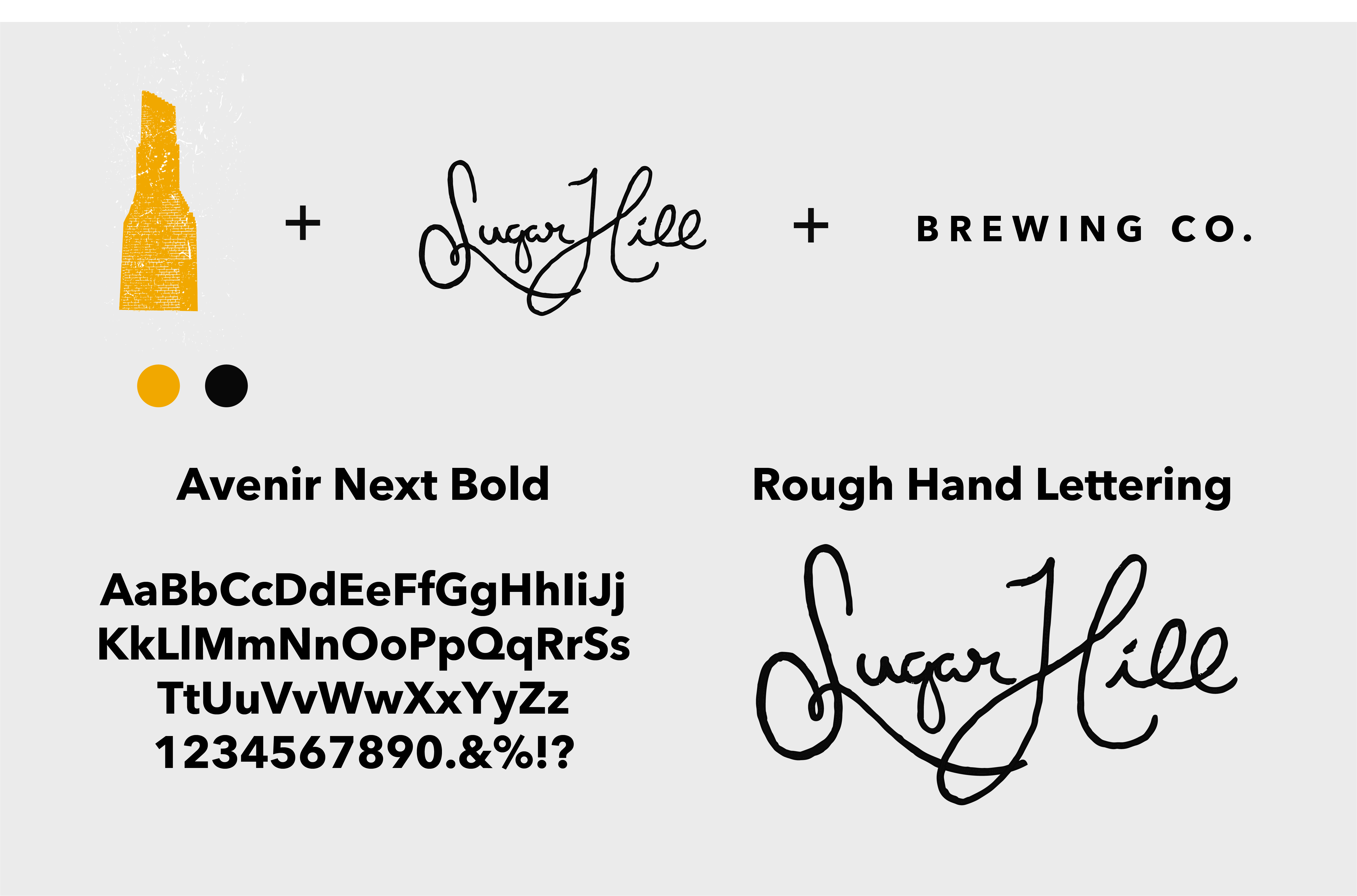
Roots In History.
The inception of the Sugar Hill Brewing Company’s branding and design project found its roots in the vestiges of an ancient chimney, evoking the bygone era of brewing. This historical residue, intertwined with the proximity to the Clinch River, the wellspring of their distilled beer, formed the bedrock of the brewery’s concept. While the design was crafted to encapsulate the heritage of yesteryears, it simultaneously embraced the potential of a dynamic future. Notably, the brand purposefully refrained from extensively incorporating the distillery’s water source into its identity, except for subtle taglines.

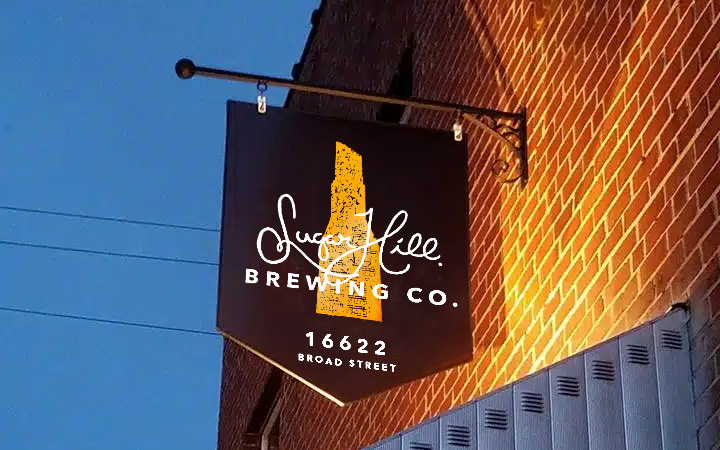
Inception.
From a single photograph of the original chimney and sparse guidance, I set to crafting the Sugar Hill Brewing Company’s identity. While trying to keep to a simplistic concept through hand lettering of the initial brand name, I paired the image of the chimney into a visual identity that honored the brewery’s historical roots while projecting its future aspirations. This initial branding effort garnered momentum swiftly, expanding to encompass an additional location that focused on cidery. However, the excitement was tempered by financial constraints and meager revenue streams. Despite the allure and vibrancy of each establishment, the stark reality set in – the revenue generated was inadequate to sustain the ongoing maintenance and development of sustained marketing initiatives.
As time went on, the brand faced a crossroads, leading to compromises and deviations from the established brand guidelines. These compromises, while appearing as shortcuts, ultimately proved detrimental. A steady erosion of the brand’s integrity followed suit, coupled with a decline in the once-steady stream of patrons willing to journey from more economically robust urban centers.
The journey from a single snapshot of the original chimney to the expansion of the brand across various locations was marked by enthusiasm, challenges, and hard-learned lessons. The trajectory revealed the delicate balance between preserving a brand’s essence, financial realities, and the intricate dance of maintaining an authentic connection with its target audience.

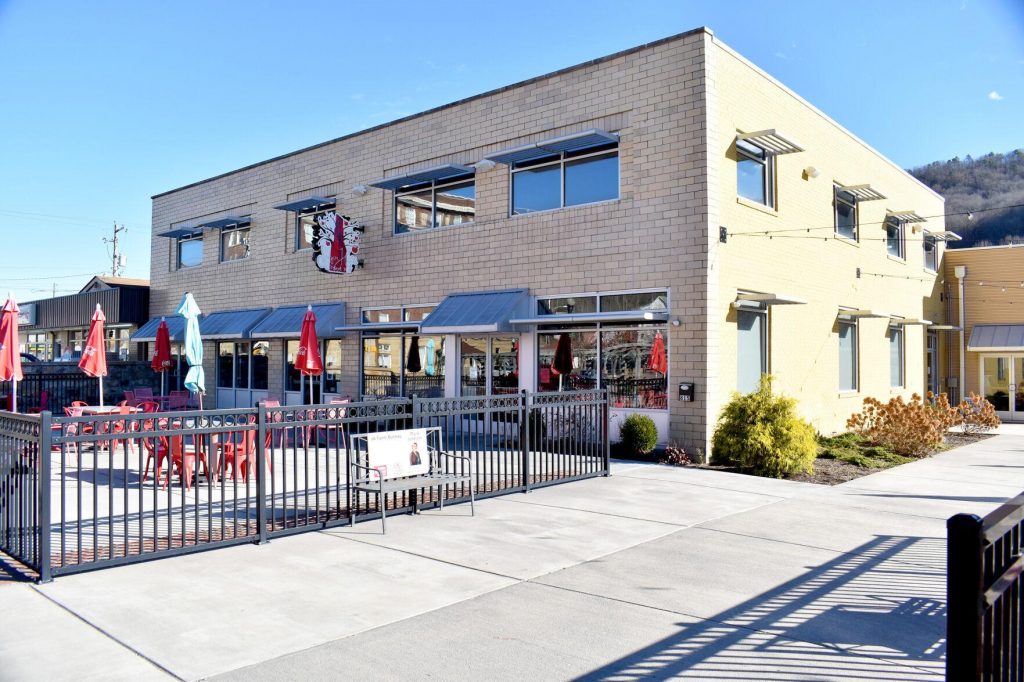
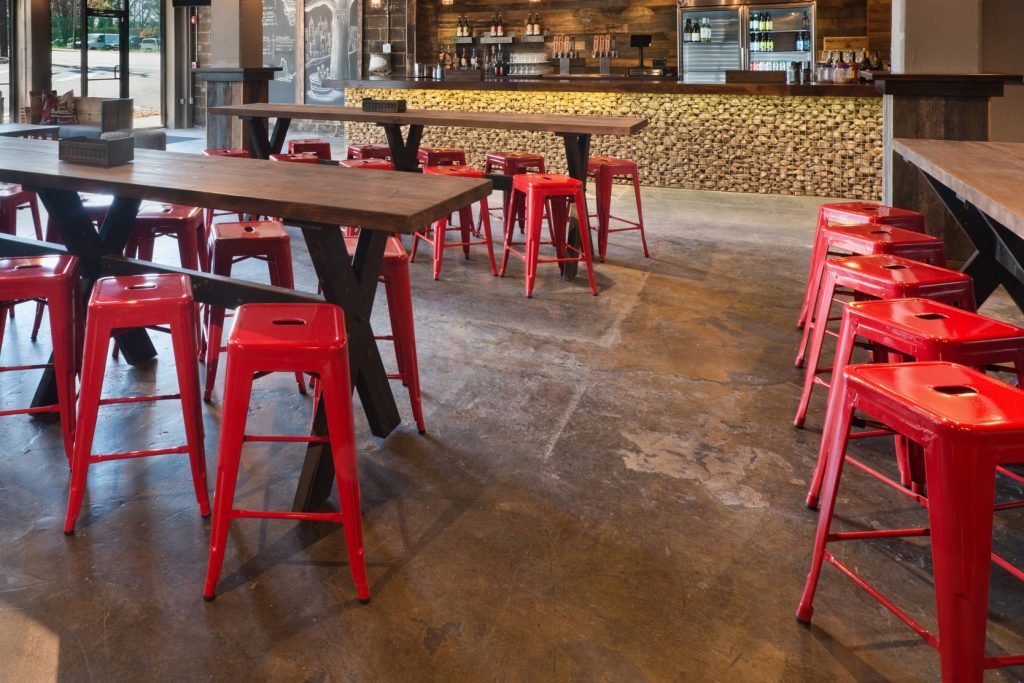

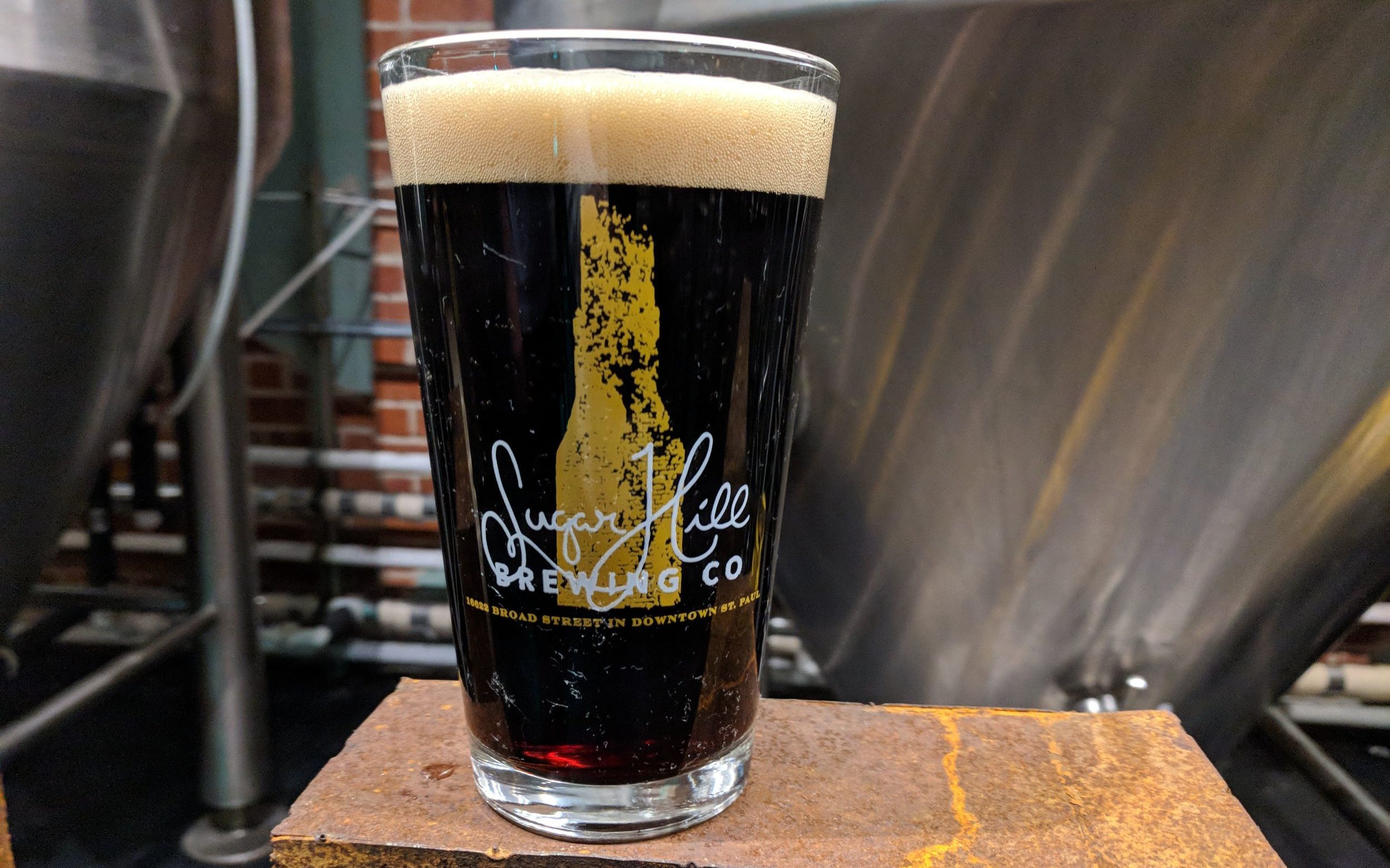
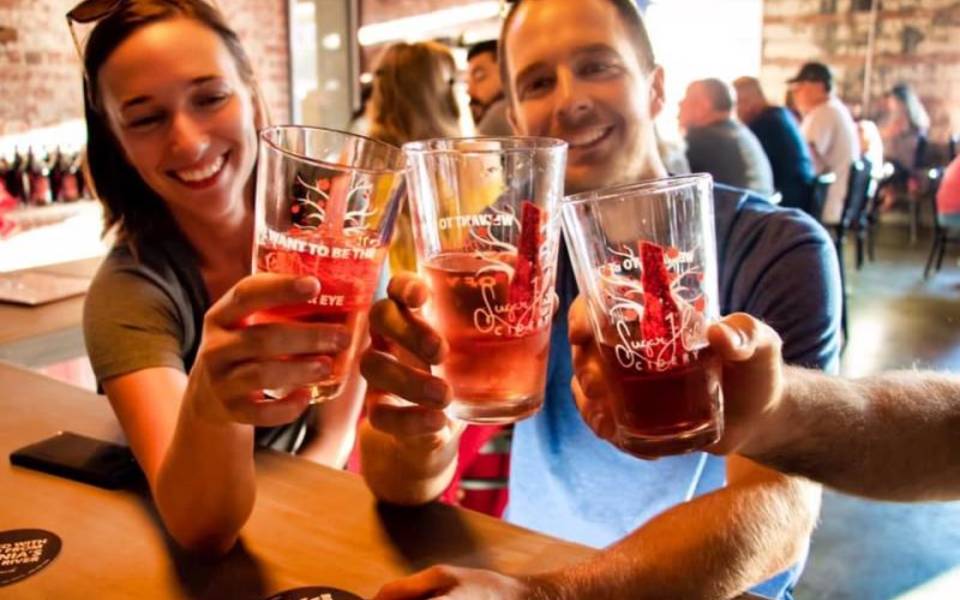
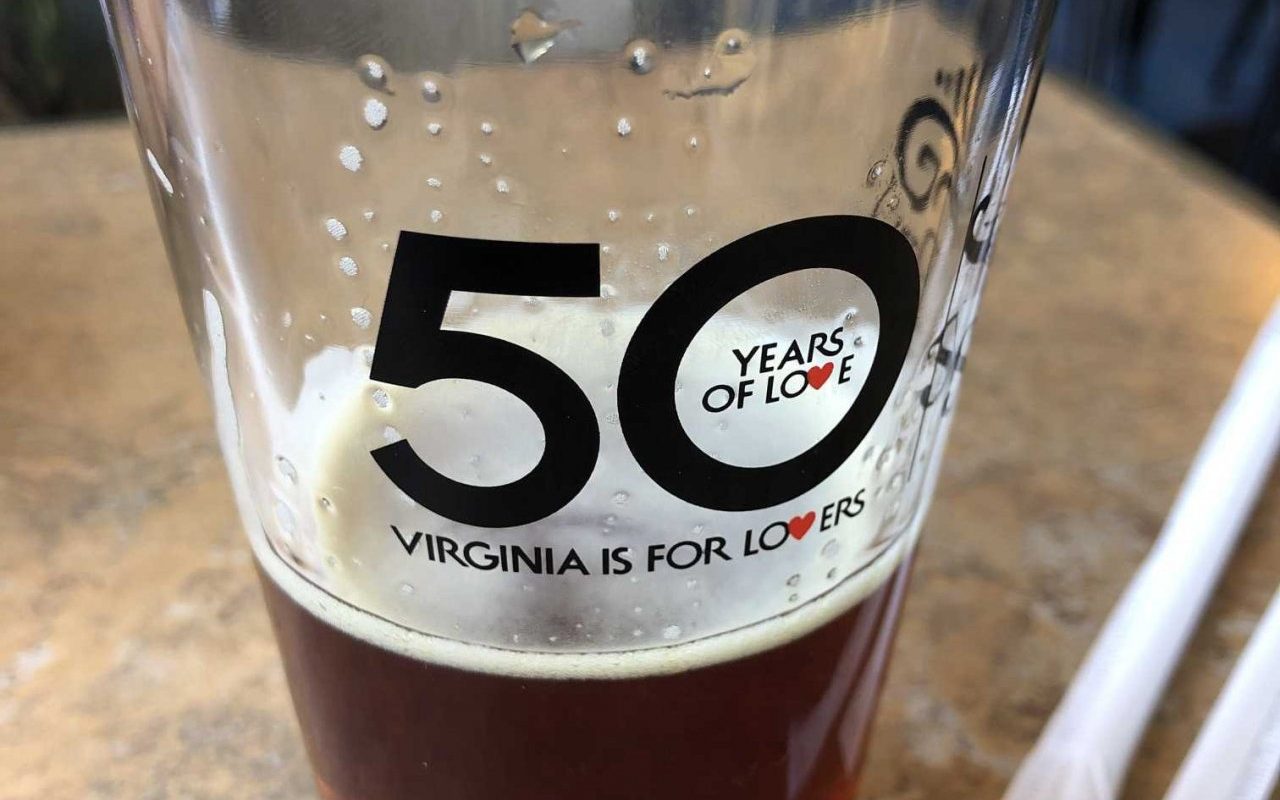
The Decline of Design.
This specific experience involving community building has significantly influenced my approach to choosing projects, even when lucrative contracts or payments are offered. Throughout my journey, my primary aim has been to foster authentic growth and positive impact through the projects I engage with, whether they’re community-driven or corporate endeavors. The insights gained from this experience have provided me with a discerning perspective when evaluating potential initiatives.
Images below are not representative of the original brand, marketing material or packaging. Additionally the web site was allowed to be altered into an unfamiliar state.
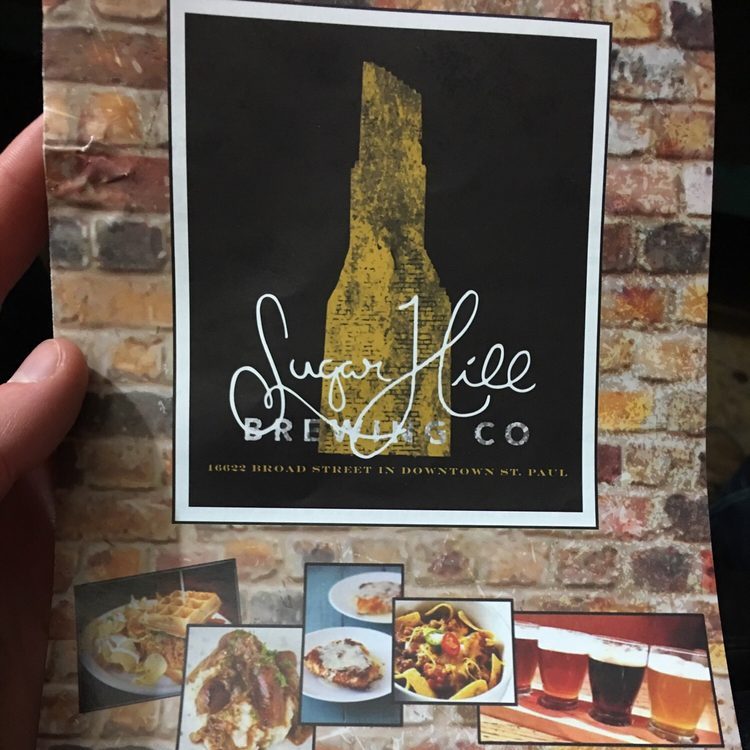
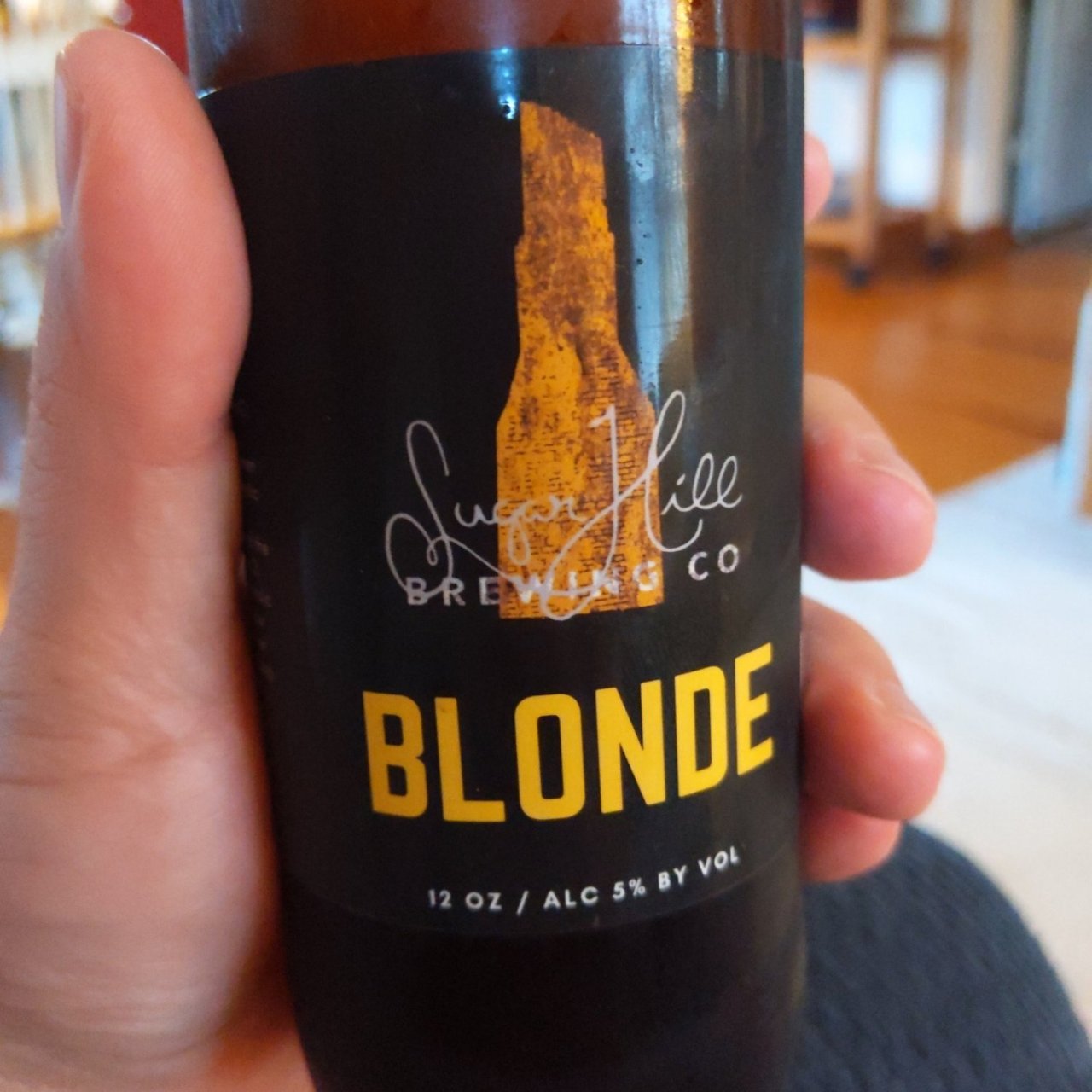


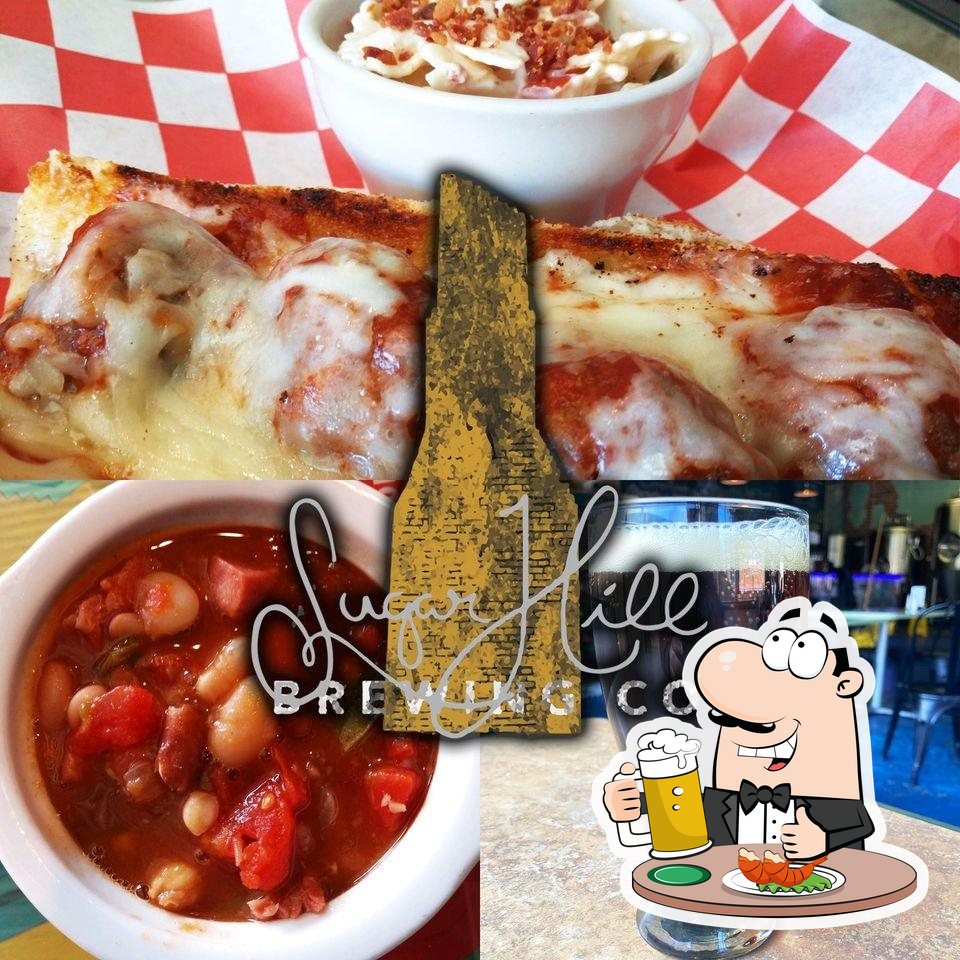
The crucial lesson derived from my involvement in community building has led me to become a vigilant advocate for authenticity, growth, and community well-being. I’ve taken on the responsibility of thoroughly assessing projects to ensure their foundations are strong, their intentions are genuine, and their trajectory is aligned with sincere dedication to progress and enhancement, rather than just superficial appearances.
This perspective goes beyond surface-level promises of growth and revenue. It delves into the underlying intentions and outcomes of each project. The lessons learned from projects that initially seemed promising but faltered due to a lack of genuine commitment to growth and sustainability serve as a reminder of the potential pitfalls. The practice of diverting funds to create the illusion of support for growth and community betterment, while actually furthering personal agendas, is a pattern that my experience in community building has sensitized me to.
While the brewery’s operations have ceased, the initial launch and the designs I put into action received awards in 2018, 2019, and 2020. However, I found myself lacking any personal connection to the brand or its subsequent ending failure or shortcuts for sustaining branding. The outcomes served as a testament to the prevailing reality of poverty. Brands can be developed with care when they are developed to truly be cared about.
About Virginia Coalfield Economic Development Authority and Virginia’s e-Region: The Virginia Coalfield Economic Development Authority, created by the Virginia General Assembly in 1988 to enhance and diversify the region’s economy and help create jobs, markets Virginia’s e-Region and its focus on electronic information technology, energy, education and emerging technologies. VCEDA is a unique economic development organization that manages funds for economic development projects from a percentage of the coal and natural gas severance taxes paid by coal and natural gas companies that operate in the region. Located in southwestern Virginia, the region includes Buchanan, Dickenson, Lee, Russell, Scott, Tazewell, and Wise counties and the City of Norton. www.vceda.us or www.e-Region.org.
About the Virginia Coalfield Economic Development Authority Seed Capital Matching Grant Fund:VCEDA region businesses three years and under with less than 10 full-time employees are eligible to apply for dollar-for-dollar matching grants up to $15,000 from the VCEDA Seed Capital Matching Fund. Applicants work with the Small Business Development Centers at Mountain Empire and Southwest Virginia community colleges to prepare the applications to VCEDA that include detailed business and financial plans. Businesses must be located in or plan to operate in the VCEDA region in southwestern Virginia that includes Buchanan, Dickenson, Lee, Russell, Scott, Tazewell, and Wise counties and the City of Norton.